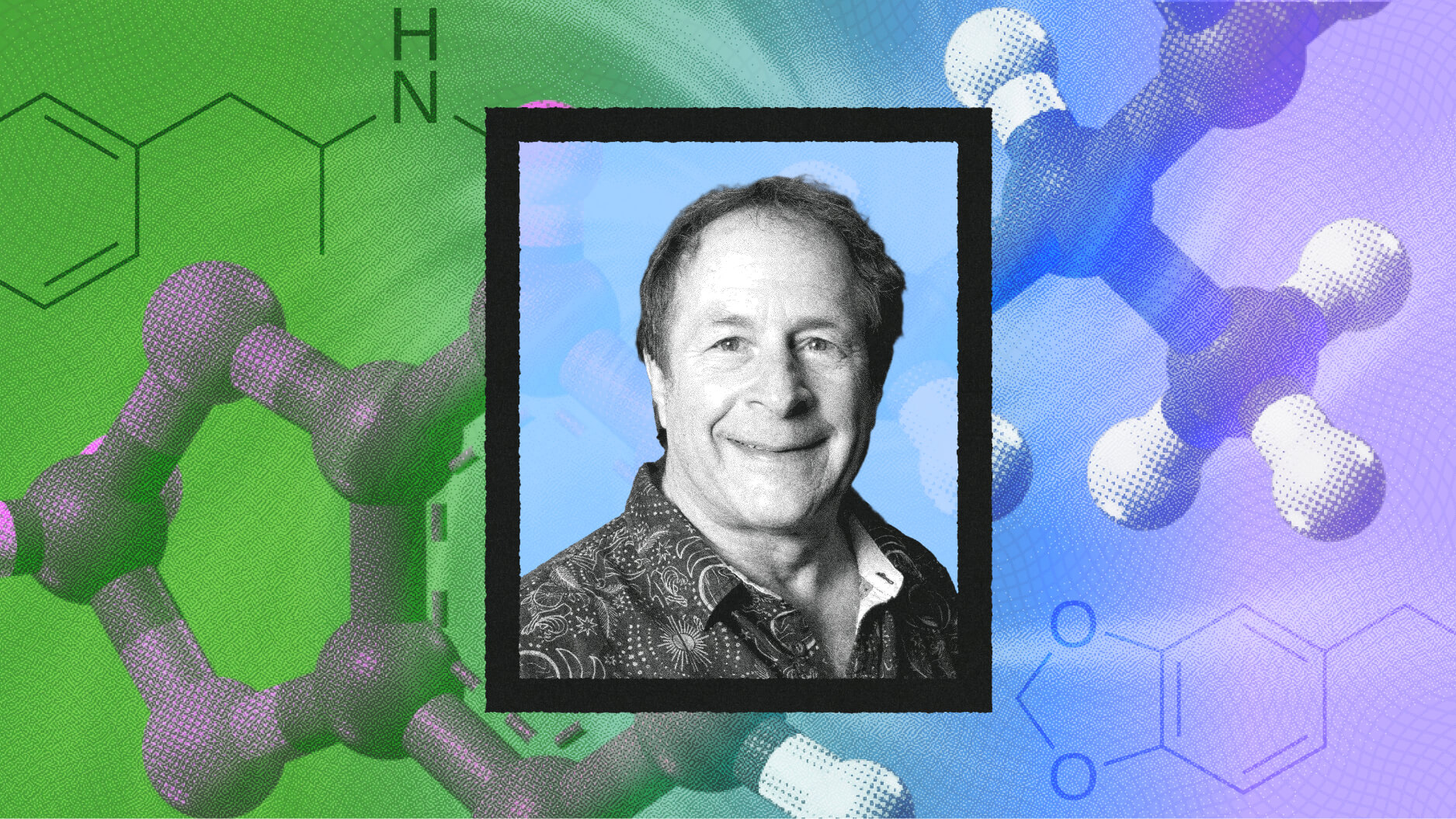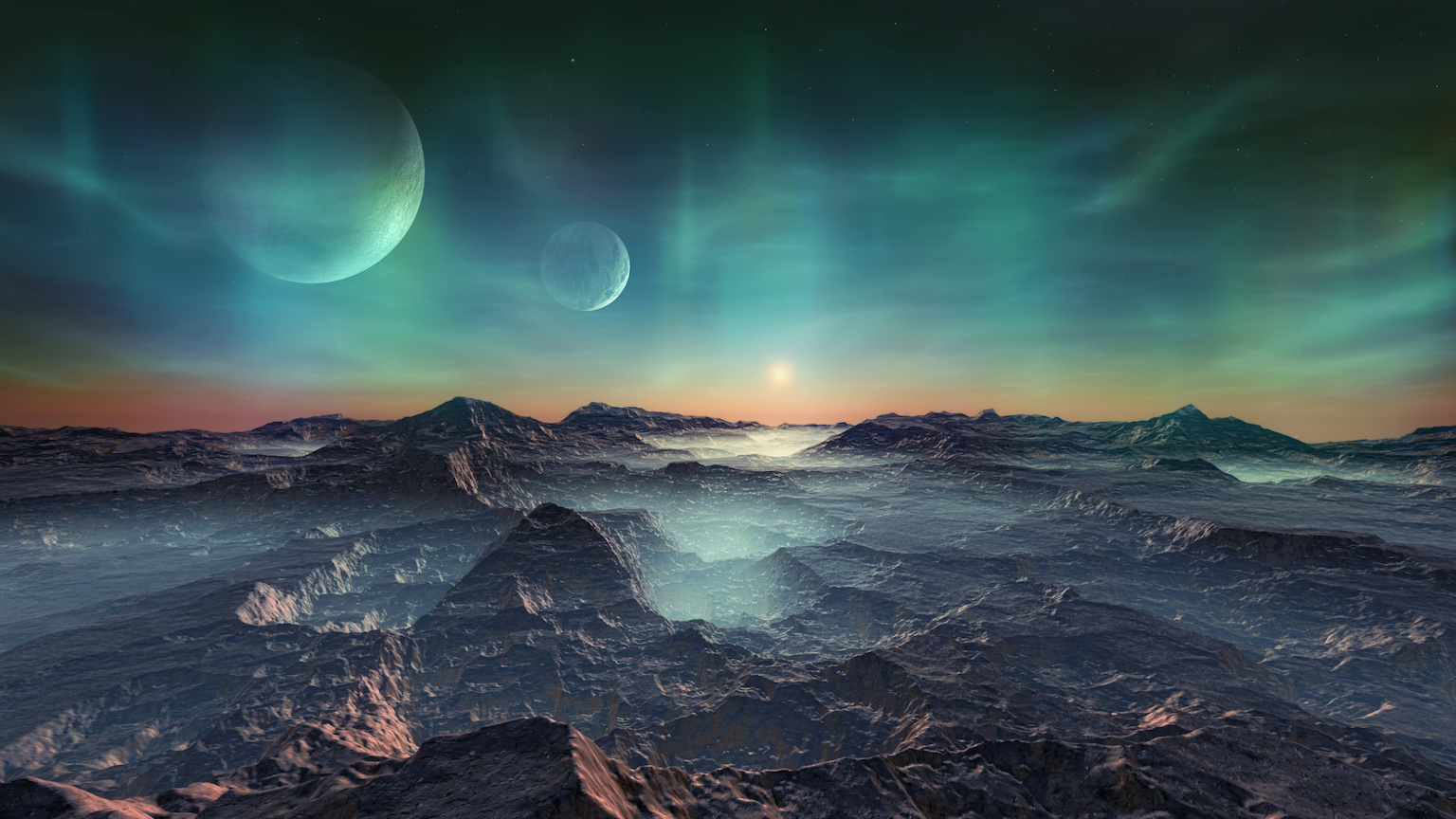If you want to make great images, you need to have an inquiring mind and ask a lot of questions. “If you just accept the world the way it is and don’t question it, then I can’t see how you can go very far creatively,” says Burtynsky.
Question: What makes someone a good photographer?
Edward Burtynsky: Well I think the first thing and it wouldn’t be just a photographer, but I think in general to be creative I think you need to have an inquiring mind. You have to ask questions. You have to propose, not accept what is given, but say why is it so, why you know and it’s in the kind of asking that you begin to get behind some of the issues that you know allow the world to appear the way it does, so if you just accept the world the way it is and don’t question it then I can’t see how you can go very far creatively. It’s not only a process of working through form and formal issues. in photography that would be you know issues of color, composition line, texture, light, light in particular and all the tools and the lenses and how those lenses respond, so there is a whole you know battery of tools and approaches that one can take in terms of how you approach any given subject, but then it’s the more important work I believe that you… because anybody can kind of learn how to do that in a couple of years and be very proficient at it, even with digital it’s even made it easier, but where the heavy lifting is, is well what do I photograph and why do I pursue that and why does this image of that. I mean I’ve accepted a long time ago that everything in the world has been photographed many times over, but it’s not a question of being worried about that. It’s a question of you know how do I begin to engage my own story and weave it in with the thing that I’m looking at and try to you know create a series of images that you know can invoke a sense of wonder or can somehow begin to challenge the way I understand the world and hopefully then to go forward and challenge anybody else looking at it on how they might see the world and does this bring a new way of looking at you know the world and how you know one can build a narrative through the sheer force of imagery and not using words to be able to transmit you know ideas to communicate emotions and ideas and things about who we are and how we operate in this world.
Question: Are you ever surprised by one of your images after you take it?
Edward Burtynsky: Sometimes, yeah, sometimes a photograph where I didn’t think was going to be something special or it wouldn’t make the grade. You know even sometimes years later I realize that there is something in it that I didn’t see the first time that I kind of missed or that my thinking had progressed and that you know what I did kind of finally kind of caught up to the thinking around it, so that does sometimes surprise me and I do go back through my binder sometimes and say why did I not… why didn’t I not go here, what was wrong with this picture and for the life of me couldn’t figure out why I skipped it in the past, so there are those surprises that do happen that it’s not a clean sweep every time when I go through my contacts to pick the ones that are going to actually go forward from there, but you know to me the whole process of photography and then… It’s about editing. It really is. I mean the first process is the camera and how one edits the world with the camera because you’re removing things all the time. You’re trying to get down to what I might call the essential thing in the subject. How do I remove all the things that distract you know me from really understanding what it is that the subject is about, so that to me was one of the harder things to learn, to edit the real world and to be able to out of that complexity and out of our peripheral vision to be able to say if I just slice that out that has some meaning that the rest of it doesn’t contain as much as just that does. And what to me was the real challenge was you know I first found those things in a smaller form you know and standing on the land and or just a slightly elevated and as I pulled back further and further to include more and more and more of the world still trying to not lose sight of the fact that what the subject is and even though it starts to encompass larger and larger tracts of land and space.
Recorded June 21, 2010
Interviewed by Jessica Liebman





